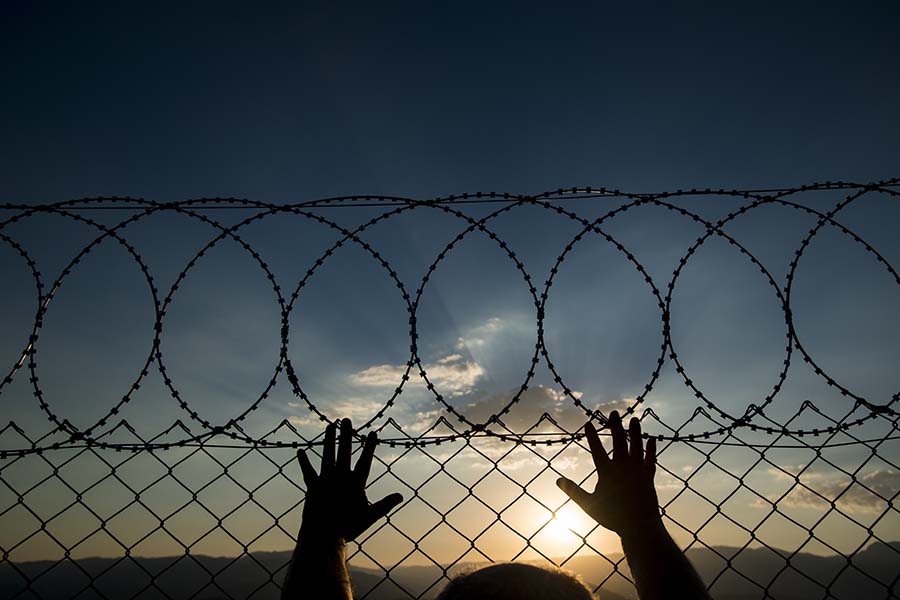“We don’t have a country if we don’t have borders.” —U.S. presidential candidate Donald J. Trump, 2016
“America hating immigrants is like a body rejecting its own blood.” —comic Hari Kondabolu, 2017
Much as we can learn a lot about ourselves from what others see in us, we may stand to learn the most about our nation—its best qualities and its worst flaws—from those ostensibly outside it, or from those who are here but began their lives elsewhere and thus view their America with a clarifying bicultural lens. If ours is, as the cliché goes, a “nation of immigrants,” it stands to reason that immigrants would be the ones who know us, perhaps better than we know ourselves. Fish don’t know they’re in water, after all.
And what might those immigrants see in us, and say of us, right now? For one thing, it seems harder than ever to claim “nation of immigrants” as our mission statement (the phrase has been removed from the website of the U.S. Citizenship and Immigration Service). The other cliché about America is that it’s a nation of ideas, in supposed contrast to those founded on deep-seated ethnic and cultural identity. Americans are made, not born, the thinking goes—what binds us is not race, religion, or class but democratic ideals, a Constitution, the rule of law. Literally anyone from anywhere can be an American. Right?
We’re living through a time that is pressure-testing these intertwined propositions—a time in which America’s founding by white slave owners hardly seems incidental to our stubborn legacy of white supremacy, despite the progress that’s been fought and won since; and a time when our nation’s declining European-descended white Christian majority, feeling under threat from those who don’t fit that profile, is ferociously reasserting dominion over a land stolen from indigenous peoples and wrested from contention with other colonial powers. Even leaving aside the specifically anti-Semitic origins of the Trumpist slogan “America First,” there’s little doubt whose America our country’s ruling party puts first and promises to make “great again.” As James Baldwin—as great an American as the country has ever produced—once put it, “It is a terrible omen when you see an American flag on somebody else’s car and realize that’s your enemy.”
In short, ours is looking increasingly like a country whose supposedly universal founding ideals aren’t absolute at all but contingent, depending on who you are, where you were born, the color of your skin, the people you love, how much wealth or influence you’ve accumulated. We aren’t seeming so special, so exceptional right now; immigrants and refugees fleeing oppression and strife might justly wonder if we’re worth the trip.
U.S. theatres are feeling and reflecting these cross-currents, as much or more than other art forms, since the in-person nature of theatremaking still requires artists to show up in a space together, and audiences too—nonprofit theatres, after all, have both self-interested and civic-virtuous reasons to nurture, maintain, even repair communities. In this special issue we look at immigrants and their place in the American theatre through what we often think of as three main aspects of representation (there are certainly more): how they’re portrayed, and their stories told, onstage; how they fare as workers and makers in the theatre; and how much they’re being made to feel welcome as audience members. It might be simpler to sum these components up, in an echo of an ageless American formulation, as theatre of the people, by the people, and for the people. The question now isn’t so much what kind of people we “let in” to our country but what kind of people we are.


